Soy alternatives can save on sheep feed costs
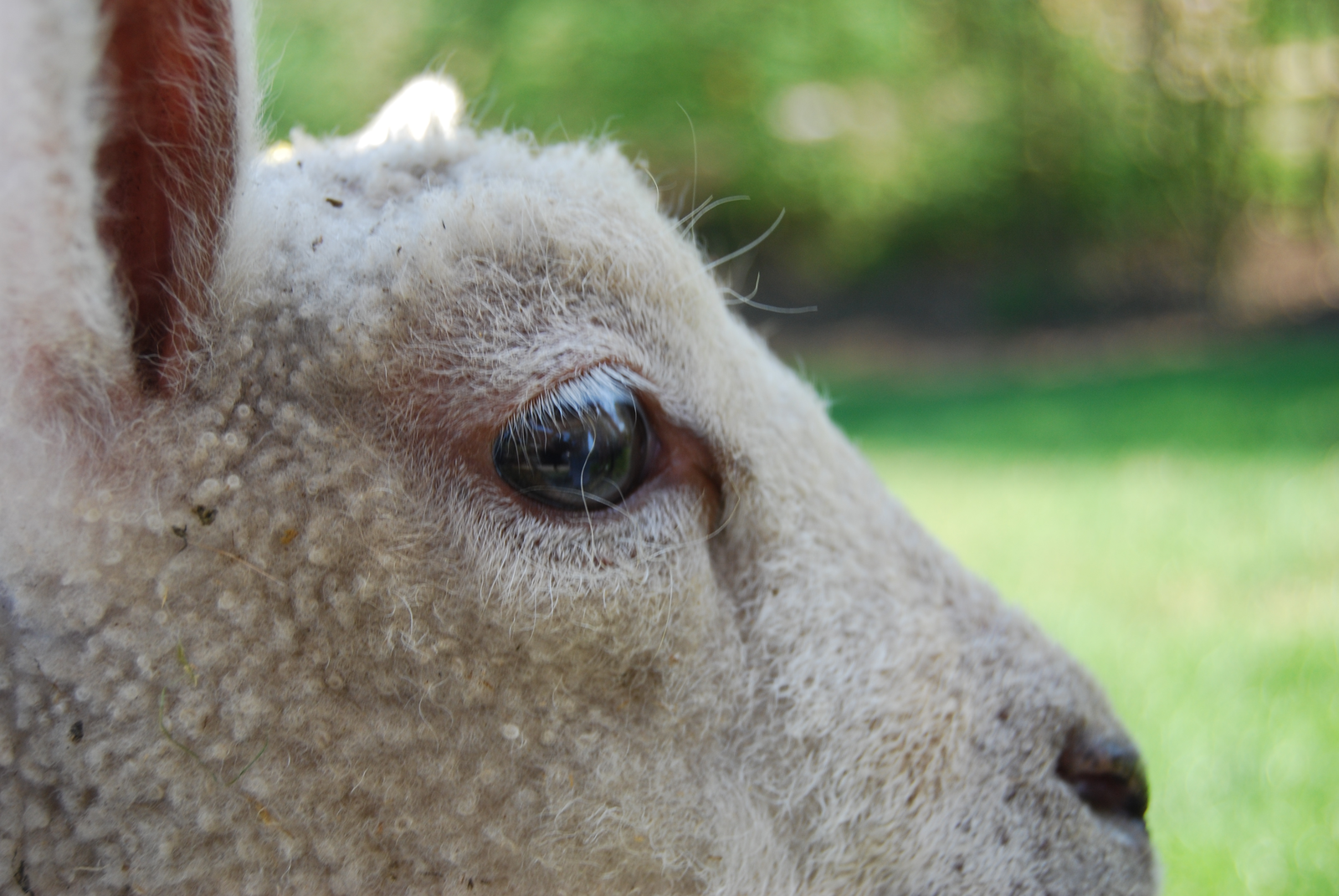
Feeding ewes with alternative sources of soy can be done without affecting animal performance. It can even provide savings on ewe feed costs, says EBLEX.
EBLEX (the organisation for the English sheep and beef industry) has funded a project with HCC, ADAS and Reaseheath College to compare alternative protein sources to soybean meal for pregnant ewes on a total mixed ration (TMR) system based on grass silage.
Soy can be costly
The ewe derives her protein requirement from two sources: rumen degradable protein (RDP) and digestible undegradable protein (DUP). Ewes need RDP daily and it is readily found in grass, hay, silage and green leafy brassicas. RDP is usually enough to meet the ewe’s protein requirements. However, in late pregnancy, due to reduced rumen capacity as foetuses grow and an increased need for protein, this often cannot be met from RDP in forage alone. Soy is usually used to boost high quality protein levels in diets for late pregnancy and lactation, but it can be costly for the producer. Currently 3% of the soy imported into the UK is fed to sheep.
Different alternatives testes
EBLEX therefore wanted to look at other protein sources that can be such as effective as soy. Six diets with similar crude protein levels were fed to six groups of 40 twin-bearing ewes for four weeks prior to lambing 2014 (See Table). Ewe body condition score (BCS), ewe weight and lamb weights were collected at different stages. There were no significant differences in animal performance between the diets. The soy based diet was the most expensive and the diet based on wheat distillers dark grains was the cheapest (based on feed prices from January 2014).
Opportunity to mix own diets
The findings from this project show that alternatives sources to soy can be used without affecting animal performance and could provide savings on ewe feed costs. Not all producers have access to TMR facilities but some will have the opportunity to mix their own diets so could consider some changes. If diets are to be changed, help from a nutritionist is crucial and forage analysis should be carried out so feeds can be used to complement it, EBLEX recommends.
Table: Summary of results from six protein sources
| Diet | Average BCS at lambing | Average birth weight (kg) | Adjusted 56 day lamb weight (kg) | Total feed cost (£/head) |
| Soybean meal with cereals | 3.0 | 4.4 | 23.6 | 2.96 |
| Rapeseed meal with cereals | 3.0 | 4.6 | 23.9 | 2.61 |
| Wheat distillers dark grains (WDDG) with cereals | 3.2 | 4.3 | 23.0 | 2.57 |
| Field beans with cereals | 3.2 | 4.2 | 23.8 | 2.66 |
| Rapeseed meal with fodder beet | 3.1 | 4.6 | 23.1 | 2.62 |
| WDDG with fodder beet | 3.1 | 4.2 | 22.4 | 2.82 |
 Beheer
Beheer

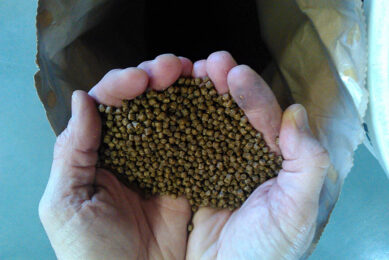
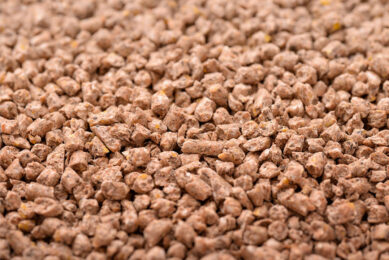
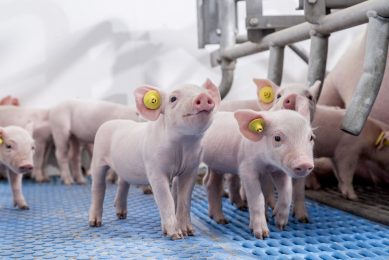
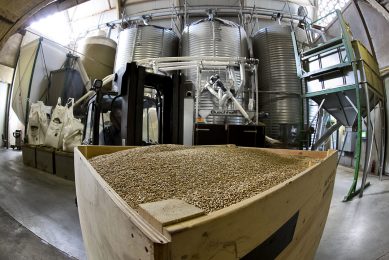




 WP Admin
WP Admin  Bewerk bericht
Bewerk bericht